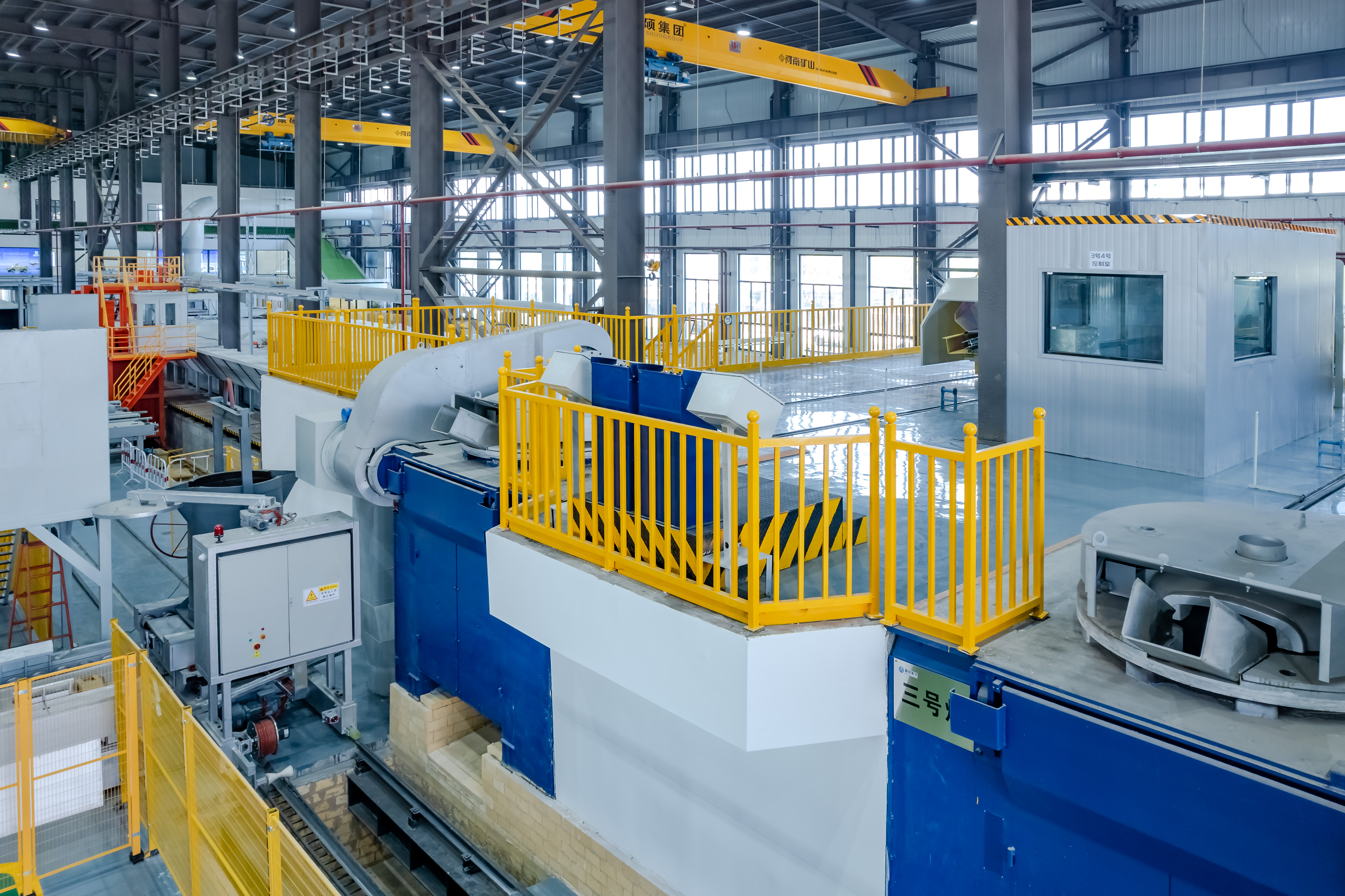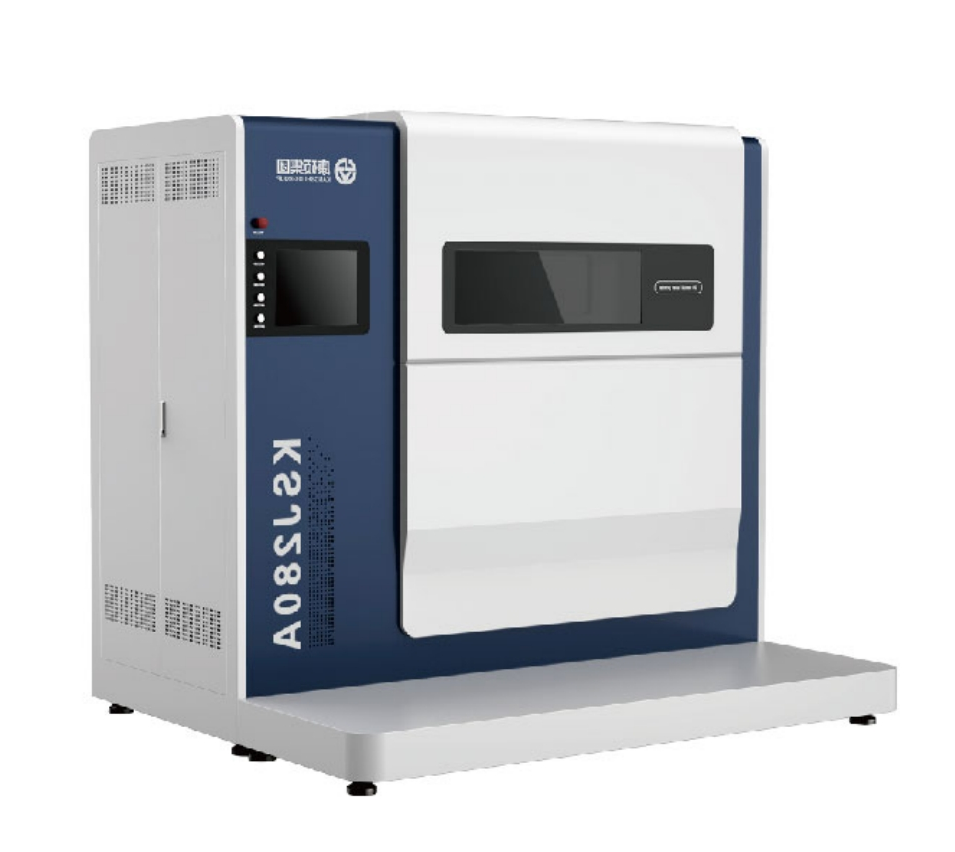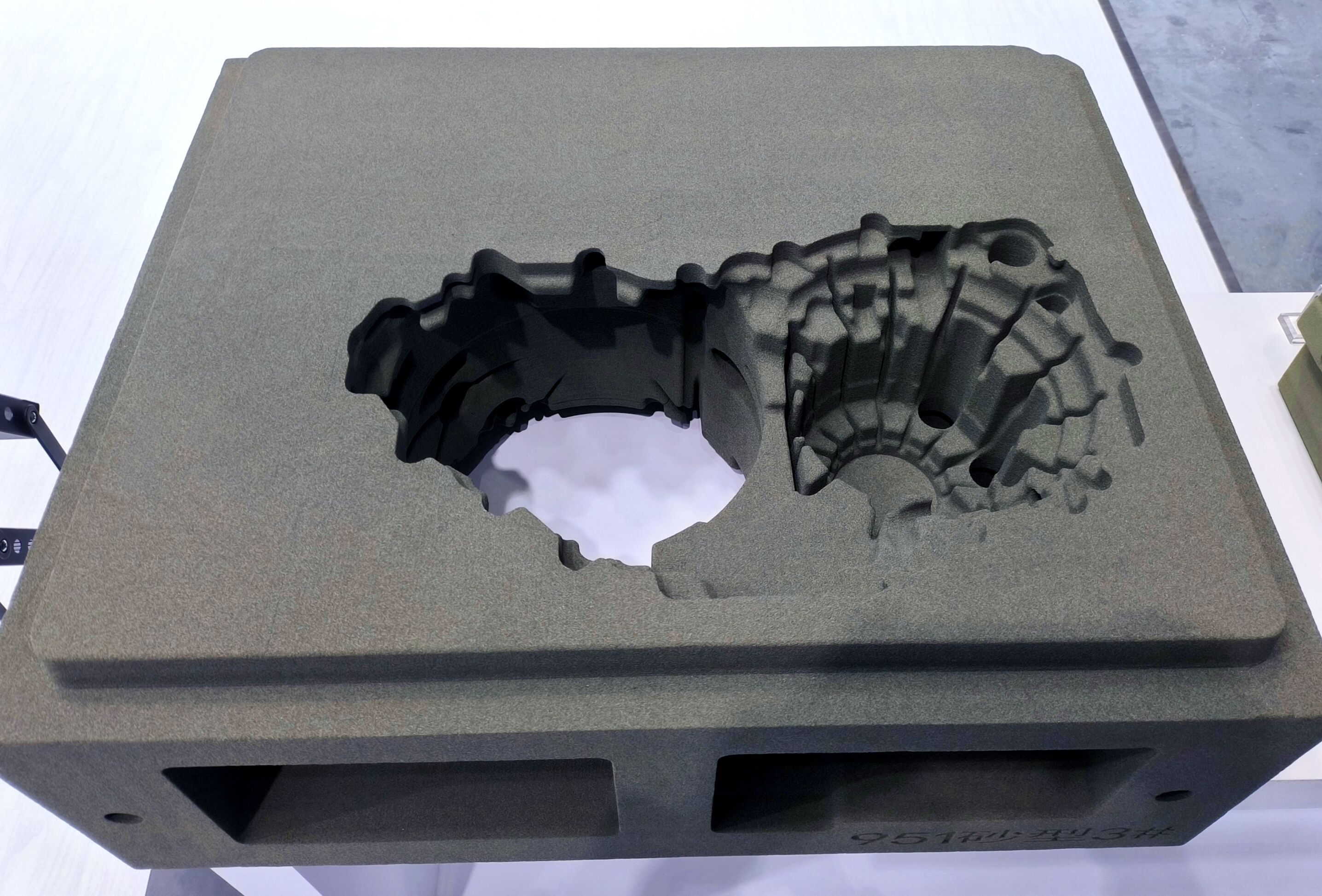3d metal printing technology
3D metal printing technology, also known as metal additive manufacturing, represents a revolutionary advancement in manufacturing processes. This technology enables the creation of complex metal parts by building them layer by layer using metal powders or wire feedstock. The process begins with a digital 3D model, which is sliced into thin layers by specialized software. During printing, high-powered lasers or electron beams selectively melt and fuse metal particles according to these digital instructions, gradually forming the desired object. The technology encompasses various methods, including Selective Laser Melting (SLM), Direct Metal Laser Sintering (DMLS), and Electron Beam Melting (EBM). These processes can work with a wide range of metals, from aluminum and titanium to stainless steel and precious metals. The technology offers unprecedented geometric freedom, allowing for the creation of internal channels, lattice structures, and complex shapes that would be impossible or prohibitively expensive to produce using traditional manufacturing methods. It has found applications across numerous industries, including aerospace, automotive, medical, and industrial manufacturing, revolutionizing how metal parts are designed and produced.


